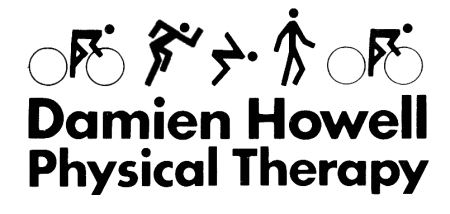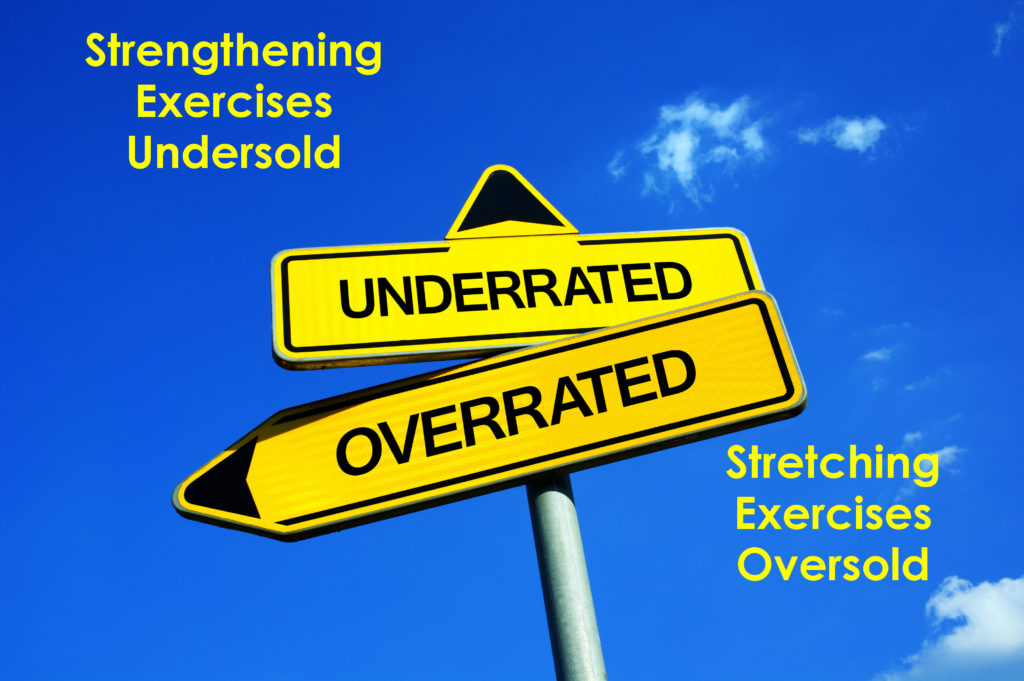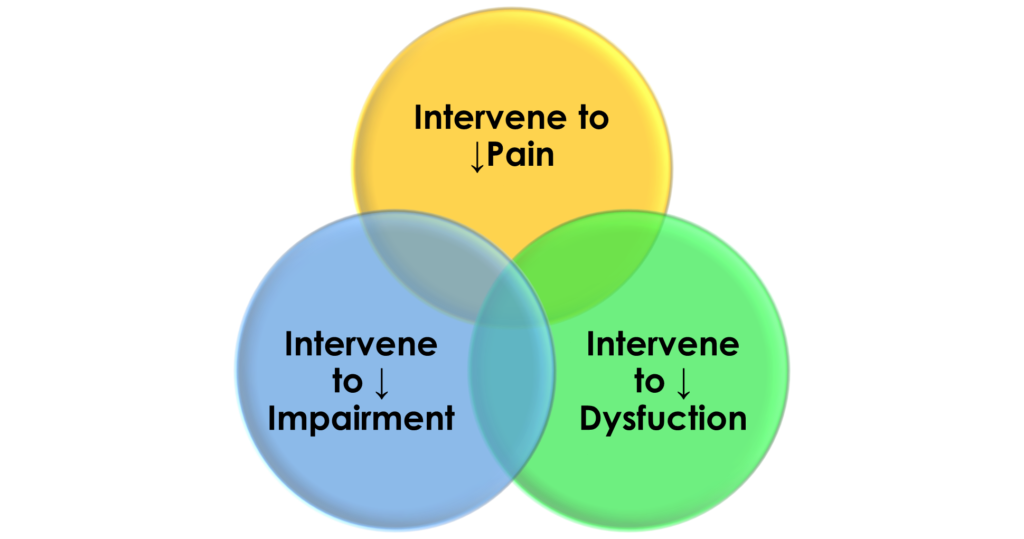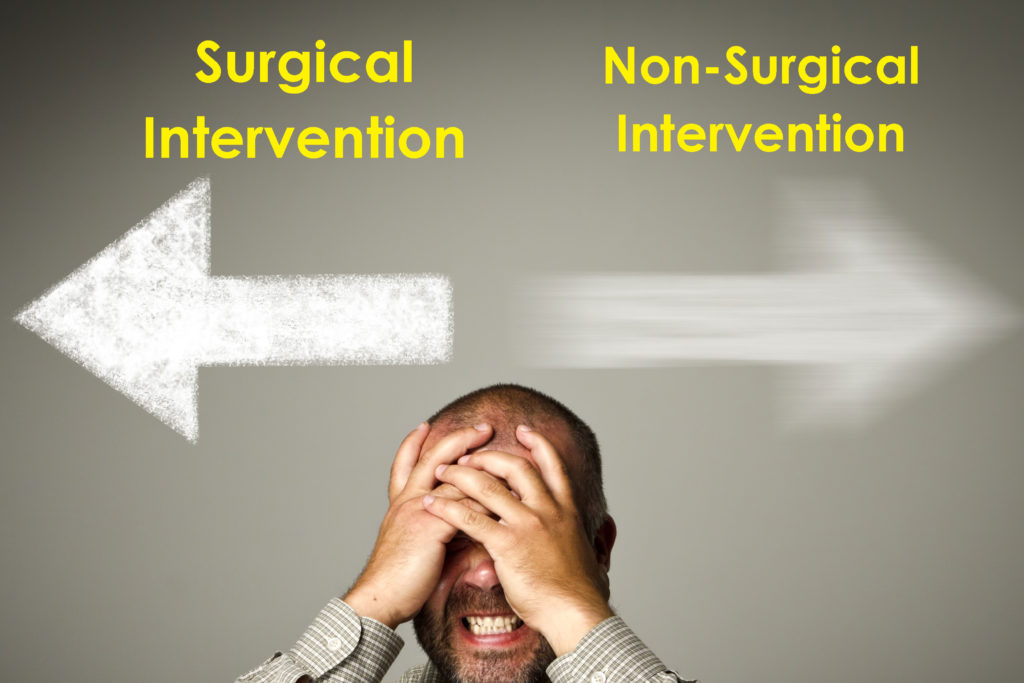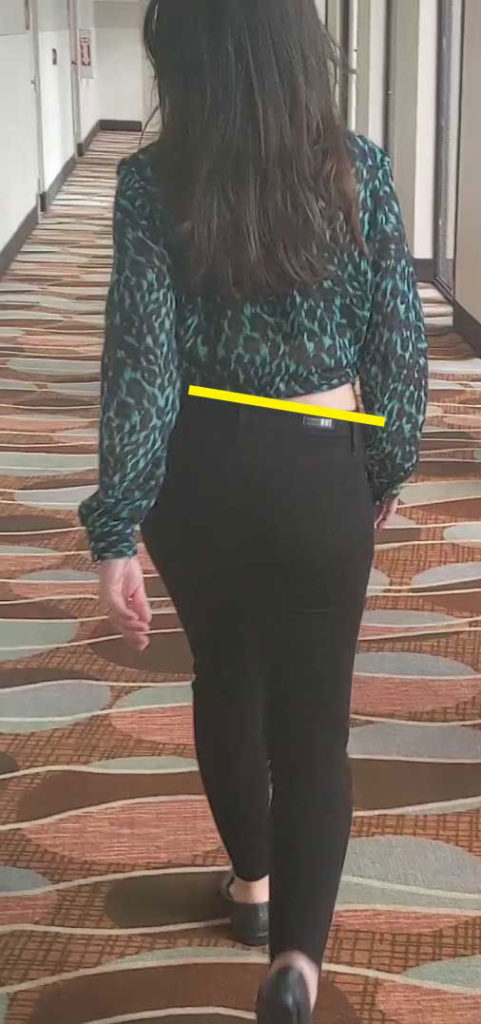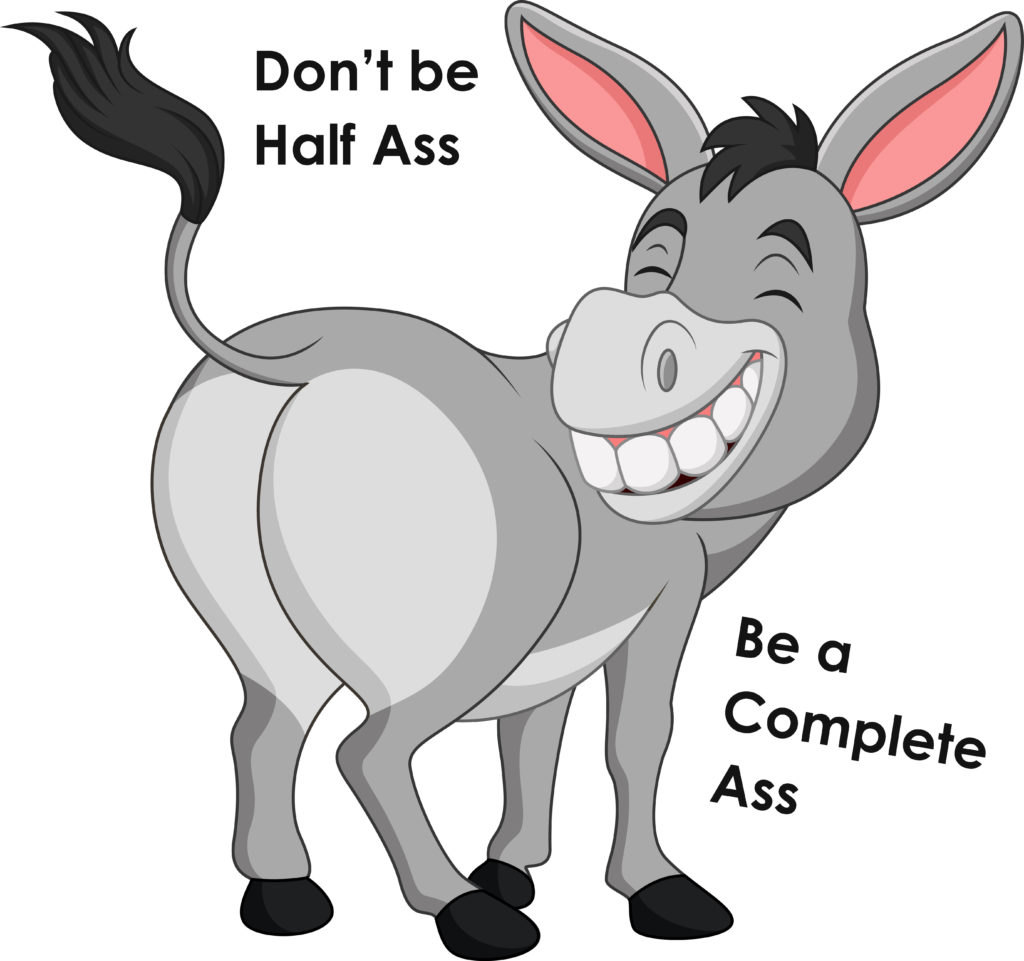For Physical Therapist
Plantar fasciitis v tendinopathy words matter – stretching exercises are overrated
Why is the plantar region the only region of the body where the terminology of fasciitis is used? Fascial tissue is present throughout the body including the ankle, knee, hip, back, and abdominal regions of the body. Yet, we do not use the term knee fasciitis or back lumbar fasciitis. We know that stretching exercises…
Read MoreChoices of interventions for musculoskeletal pain syndromes: decrease pain, improve impairment, resolve dysfunction
There are multiple and varied interventions that can tackle the contributing factors of pain, impairment, and dysfunction that occurs with musculoskeletal pain syndromes. Pain impairs an individual’s ability to function Impairment is loss of use or derangement of any body part, organ system, or organ function. Dysfunction is an alteration of an individual’s capacity to…
Read MoreWalk this way – Run this way
What way should we walk? What way should we run? Mel Brooks and Gene Wilder wrote the script for the movie “Young Frankenstein” in which the character Igor the hunchback shows Dr. Frankenstein “this way”, and hands him his cane, expecting Dr. Frankenstein to mimic his hunched, contorted shuffle, which Dr. Frankenstein cordially does. This…
Read MoreSurgery vs non-surgical intervention -Decision for musculoskeletal pain syndrome
When deciding whether to proceed with irreversible intervention such as elective or discretionary orthopedic surgery it is essential to consider the biases of the surgeon, non-surgical healthcare provider, and the patient. For many orthopedic injuries especially nontraumatic or less acute musculoskeletal pain syndromes surgery can be an intervention option. For many if not most musculoskeletal…
Read MoreHow 2D video motion analysis facilitates problem solving, reflective learning, & identification of novel interventions
The referral of this gentleman in the video below was for an exercise program for chronic right knee pain. The patient and the referring Physician Assistant expressed expectations that an exercise program would help decrease his pain so he could return to playing recreational basketball. There is ongoing controversy about whether high-intensity quadriceps strengthening exercises…
Read MoreTelehealth PT Benefits – Statutory Barriers Across State Lines
With the weakening of the covid 19 pandemic, I expect the utilization of Physical Therapy services by telehealth will decline. However, the necessity of learning to provide and receive Physical Therapy services via telehealth uncovered benefits of this service model including: Eliminating time spent traveling to and from appointments and time spent waiting for care…
Read MoreSensory preference & learning optimal movement
There are many cognitive strategies to cue, prompt, and provide feedback to improve movement. Theory of focus of attention The dominant theory proposed by Gabriele Wulf and colleagues is providing cueing, prompting, or feedback to facilitate learning to move in a more optimal way is using an external focus of attention is more effective and…
Read MoreCatch 22 – Underutilization of 2D Slow-Motion Video Analysis
Why is there low utilization of 2D slow motion video analysis of movement by Physical Therapists? There are many advantages for using 2D slow-motion video analysis for management of movement disorders including increased accuracy of diagnosing movement impairments; improved communication with patients and healthcare team; increased engagement of the patient; and improved understanding of movement…
Read MoreHome based Physical Therapy Services – unique benefits of observing real-world issues
Traditionally physical therapy services provided at a person’s home occurs when the individual was “homebound.” According to Medicare regulations homebound is the patient requires assistance to leave home and that when they do, it requires a considerable, tasking effort. This is no longer the case. You do not need to be considered home-bound to receive…
Read MoreButt pain – Isometric Exercises
“Butt Pain.” has different tissue diagnoses. Possible diagnoses are sciatica; piriformis syndrome; gluteal tendinopathy; hamstring tendinopathy; bursitis; hip arthritis; and others. There are many treatments for butt pain. My “go-to” exercise for butt pain is isometric contractions of the gluteal muscles. In my experience rarely is trying to “stretch it out” effective treatment for butt…
Read More